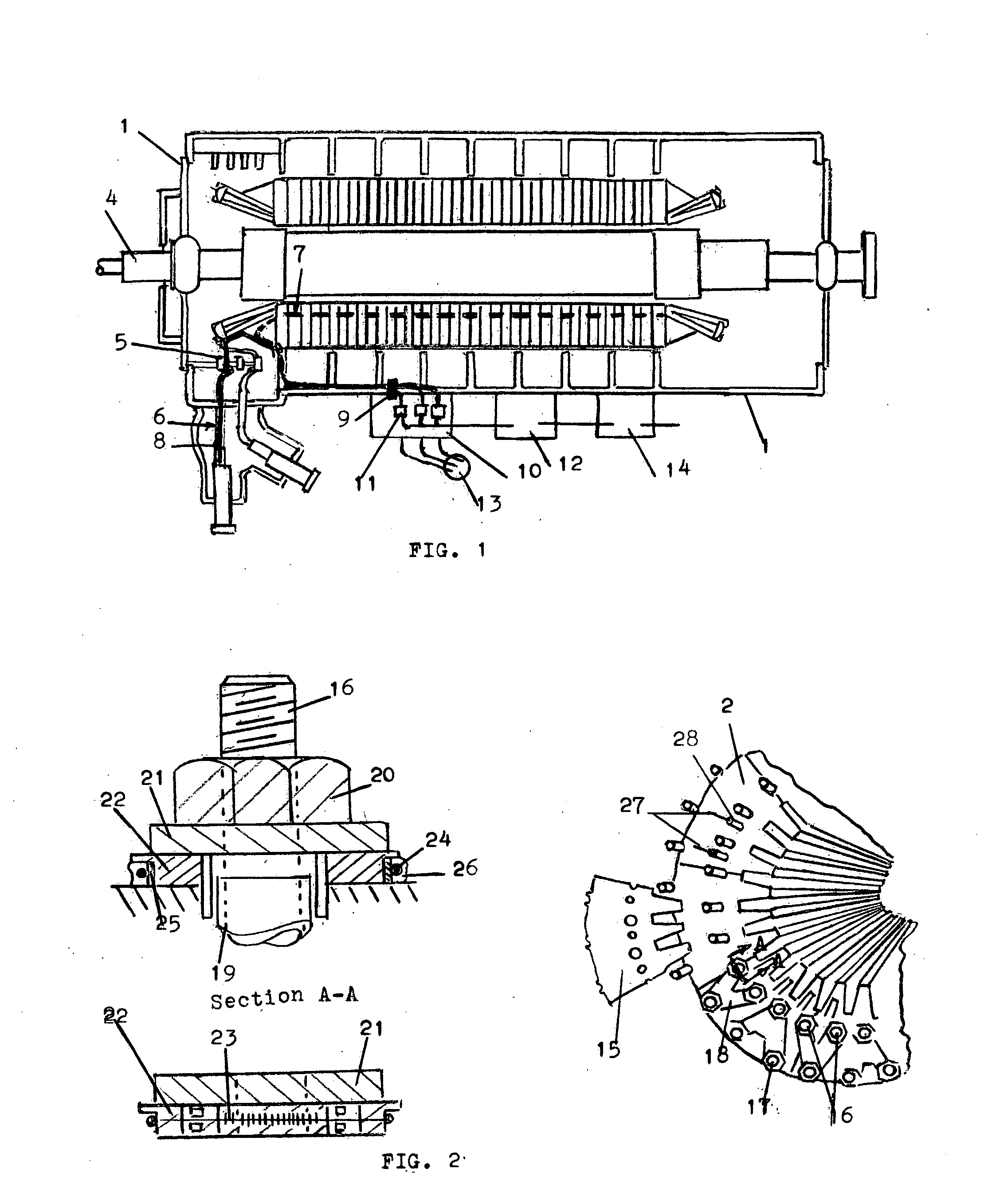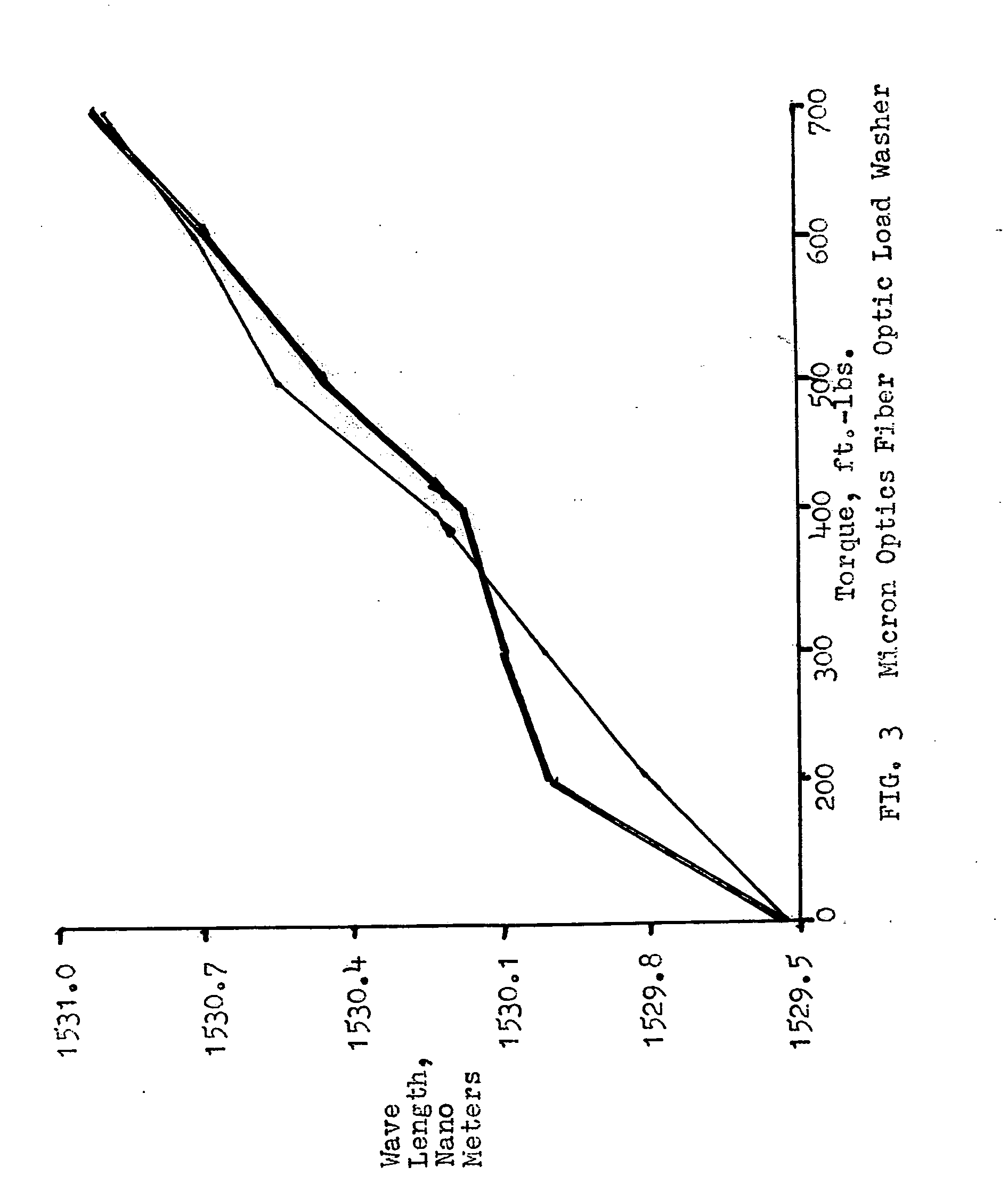Use of fiber optic sensor techniques for monitoring and diagnostics of large AC generators
a technology of fiber optic sensor and large ac generator, which is applied in the direction of optical radiation measurement, cathode-ray oscilloscope, instruments, etc., can solve the problems of unsuitable and unsuitable rayleigh distributive fiber optic system, and achieve the effect of improving the vibratory analysis efficiency and reducing the cost of operation
- Summary
- Abstract
- Description
- Claims
- Application Information
AI Technical Summary
Benefits of technology
Problems solved by technology
Method used
Image
Examples
Embodiment Construction
[0028]The following inclusive description of the preferred embodiment is made with reference to the above listed drawings. It should be noted that the preferred embodiment is somewhat different for a new factory machine versus field rewound units or field units that undergo only a re-wedge (stator coil tightening procedure). Obviously, in each case the amount and location of fiber optic cable that can be installed is somewhat different but does not detract from the spirit and scope of the current invention.
[0029]FIG. 1 shows a typical AC electric generator including the frame 1 within which is contained the stator core 2 integral electrically conductive windings showing the end regions 3 and rotor 4 Also enumerated in FIG. 1 are the parallel rings 5 which are connected to the main leads (typically six (6)) in number 6. Other key generator components are enumerated in subsequent figures. Attention is called to features of the invention described herein and further described below to ...
PUM
 Login to View More
Login to View More Abstract
Description
Claims
Application Information
 Login to View More
Login to View More - R&D
- Intellectual Property
- Life Sciences
- Materials
- Tech Scout
- Unparalleled Data Quality
- Higher Quality Content
- 60% Fewer Hallucinations
Browse by: Latest US Patents, China's latest patents, Technical Efficacy Thesaurus, Application Domain, Technology Topic, Popular Technical Reports.
© 2025 PatSnap. All rights reserved.Legal|Privacy policy|Modern Slavery Act Transparency Statement|Sitemap|About US| Contact US: help@patsnap.com



